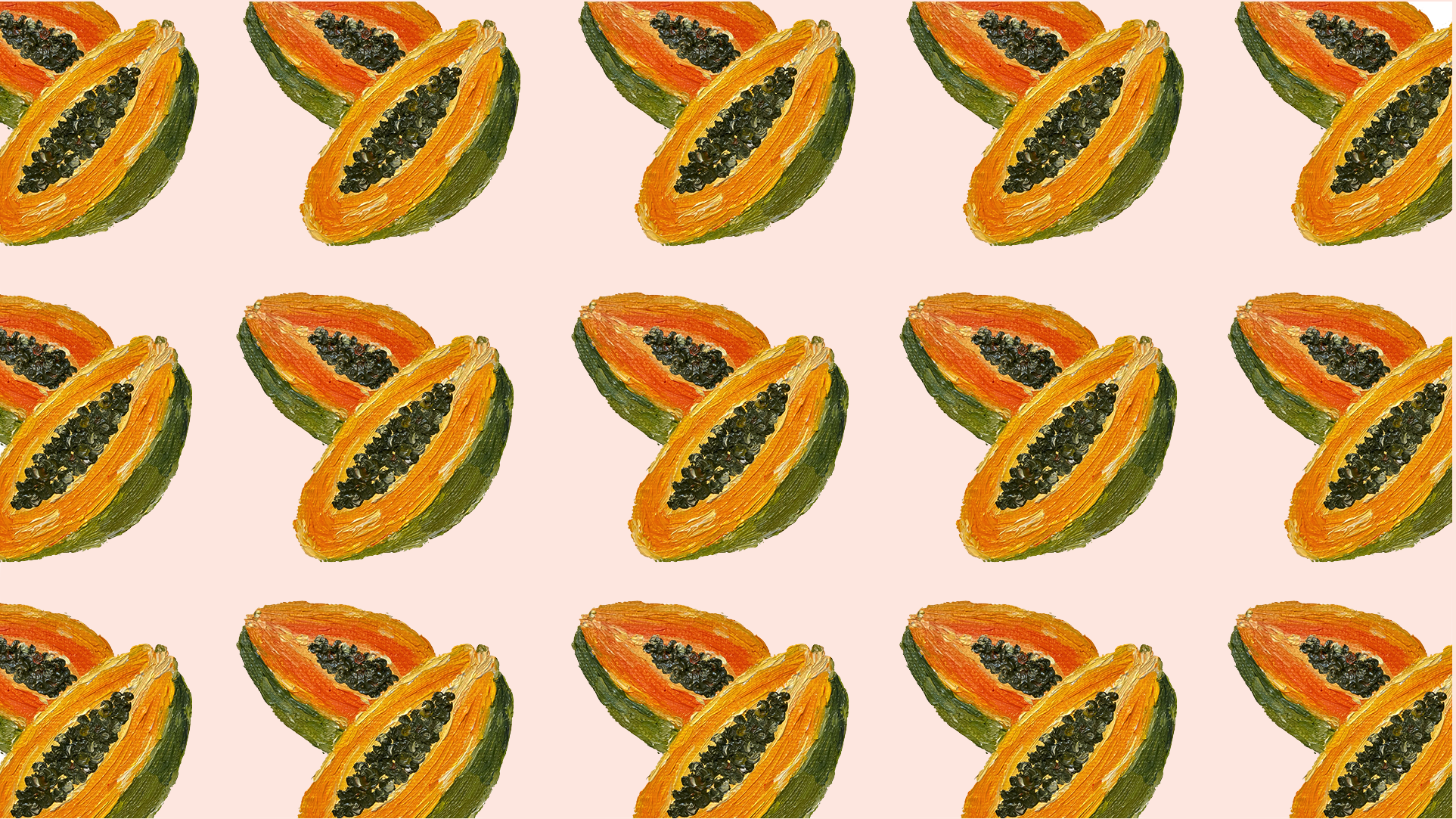

The Papaya
We draw from the Philippines’ colonial history and assimilation to dominant western ideologies. The Philippines is a southeast Asian country historically colonized by many nations, in particular by Spain and the United States. Some of the most significant impacts of these colonizations were on Filipino culture, self-image, and way of living. These colonizations impacted Filipinos’ conceptions of beauty, identity, worth, and even ability, and these have become embodied in the western white form. From the periods of colonization until now, brown Filipinos have been considered as “less than” by their lighter-skinned colonizers. This colonial dynamic led to an obsession by Filipinos on the papaya, which has been claimed to lighten or whiten the skin, building and enculturating the idea among Filipinos that, if they were able to whiten their skin, then they would be seen as equals, and so they would be deemed “acceptable” to society, their workplaces, their families, and their other social structures. In other words, the papaya has become a vehicle towards acceptance and white visibility. From a bigger perspective, the papaya served to “whiten” the Filipinos’ history, their identities, their self-image-– and it is this symbol of whitening that we draw from.







